9 Tactics to Create Both SEO and User-friendly Content for Your Website
It's time to work smarter, not harder when it comes to creating engaging website content that'll have your audience reading and the search engines humming with high ranking delight. And, as complex and menacing as SEO has been made out to appear, it's not that difficult to put together SEO-friendly blog posts that people want to read. The conundrum you may be mulling over is that you feel compelled to cram a lot of search-friendly keywords into your content, turning your once great read into a jumbled, keyword-stuffed mess. You know that, without those keywords, the search engines won't award you with high rankings; and without those rankings, readers will never find you. But, if all they're reading is useless content created just to boost search rankings, you'll lose their readership and your credibility.
It's a chicken and egg problem. Now, whether you believe it or not, it's not that difficult to put together content that finds the perfect balance between appeasing the algorithms of the search engines and the real people who will want to read your information. The key is recognizing that SEO and user-friendly content are not stand-alone things and that they integrate with one another, unable to be separated completely. So, let's get started in figuring out how to tactically approach our content creation, to give it this dual appeal.
1. Creating original, user-oriented content
Always keep the primary focus on your audience. If the information you're putting out there isn't valuable, interesting and engaging to them, they just won't read it. Duplicating someone else's content doesn't provide your readers with any new information, and does nothing for your search engine rankings. 
2. The key to keywords
Using keywords is essential in optimizing your search engine potential, as well as helping readers find the relevant content. There is, however, a balance you've got to find, so you're not upsetting the search engines with your overuse, and you're not frustrating your readers with repetitive content. One thing that'll get you noticed by the search engines is overstuffing your content with keywords. The problem is it'll get you noticed for all the wrong reasons. Search engines will throw up a red flag when your content is overladen with keywords. It'll also be annoyingly repetitive and unnatural sounding for your readership. Strategically placing keywords throughout your content will make the search engines happy and will let you create content that's natural sounding for your readers to enjoy.
3. Stay up to date
Nothing remains stagnant, and neither should your content. Always strive to stay updated with the freshness of your content to keep your readers and the search engines happy. Fresh info is preferred by Google, and it's shown that when content is updated more frequently, readers will revisit more often. And no one's out there searching for old, out-dated information. We all want to know the latest news, no matter what the topic. Whether your business changes with the seasons, trends, technology or any other influencing factor, you've got to stay on top of it to attract, keep and build your audience. If you're consistently providing current content, your readers will automatically turn to you for the info, rather than search for it elsewhere, because they'll recognize you as a trustworthy and reliable source of the latest data.
4. Length does matter
When it comes to both SEO and readers, the length of your content is a factor in its effectiveness. Write a drawn-out, lengthy blog post, and you may lose readers and not have your content shared as much as you'd like – no one is going to pass along a novel-sized blog post to their friends and expect them to read it, after all. 
5. Hook them with the juiciest info first
Don't save the best for last – put it front and center in your content. A catchy and engaging headline is what you'll need to draw in your readers. Then, leading off with your most important and relevant information is what'll keep them reading and interested. If you try to keep them hooked by dangling information in front of them, but holding off until the end, they're likely to give up and move on. People have a short attention span, so if they're not getting what they're looking for, they'll get frustrated and shut down. Prioritize your information, putting the most relevant stuff at the head of your blog post, and tapering off to the less important stuff at the end.
6. Make it fast
Regardless of what you've got to say, if it takes to long for someone to access it, you'll lose them. The speed that your website loads at is a factor in the search engine ranking you'll receive, so ensuring that you keep your site moving fast will help you rank higher while getting readers to your page. 
7. The missing link
Whether you've got additional information on another blog posting, or you know of another source, there's always more details out there, and your readers want and deserve to know about it. Google loves seeing links to other relevant sources contained within your content. 
8. Love it, list it
People love lists. They're easy to read, condensing all the information you want into a few simple bullet points. Going back to the point on short attention spans, lists are the best way to relay the information you want, without your audience having to pour through pages of text. A short list can hold someone's attention span much easier than a long article because the list does all of the work for them – it pulls out the most relevant information and hands it right to them. Search engines also love seeing lists included in the content. Whether your entire article is a numbered 'Best of' list, or you include bulleted lists throughout your content, it makes Google happy to see these within a blog post.
9. Keep it real
Not only does Google authorship love to see a real name and face behind the text, but readers love it too. When we see a real person behind the content we're reading, it can add a certain level of trust and connection that could never exist if we can't imagine the person behind the writing. Real people can have real experiences, thoughts, emotions, and opinions – then write about them in a way that others can relate to. Of course, all content is created by real people, but if there's no face or name to the information, there's no personal connection. Readers will continue to read and follow someone they have established a connection with. So, it's possible - and not that complicated - to satisfy both the SEO needs set out by the algorithms, as well as the variety of human needs that our readers have. Creating content that achieves this will ensure your continued growth and success. And, for a little-added assistance, you can always turn to online resources to help you when they're needed.
There's an App for That!
When you're looking for a little extra help with your content creation, have no fear – there's an online app or resource that will help whatever your needs are.
Hemingway App
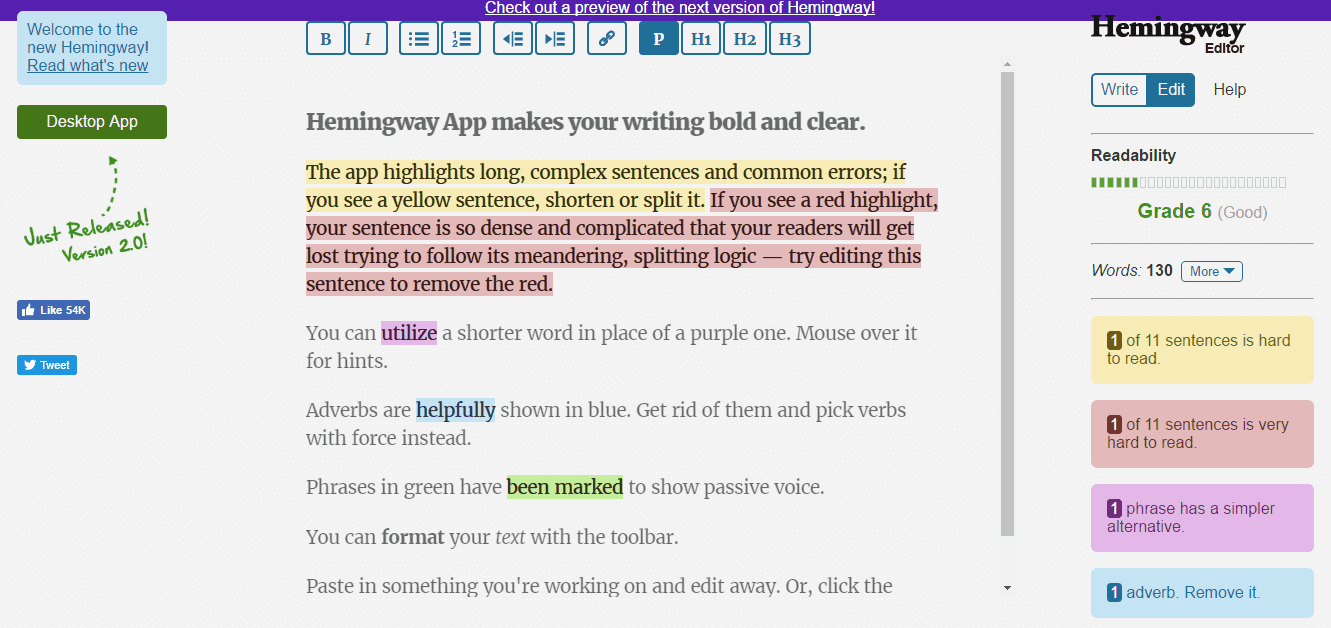
Readability Test Tool
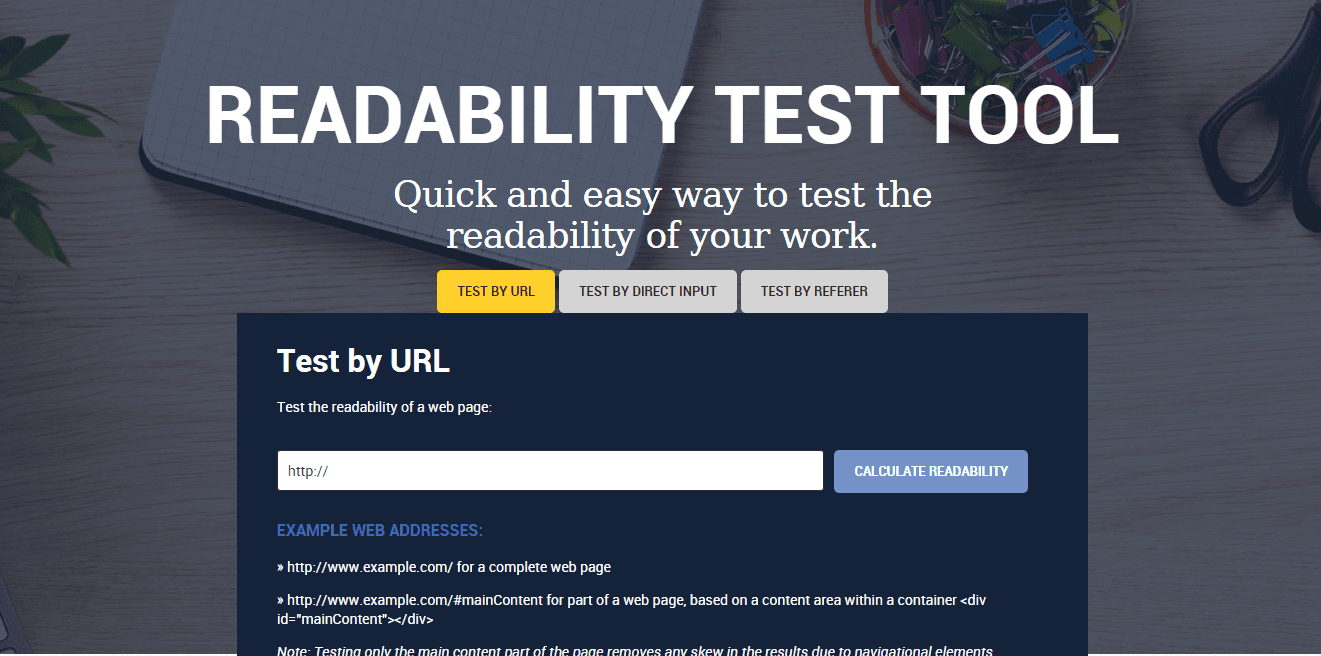
Essayroo

Small SEO Tools
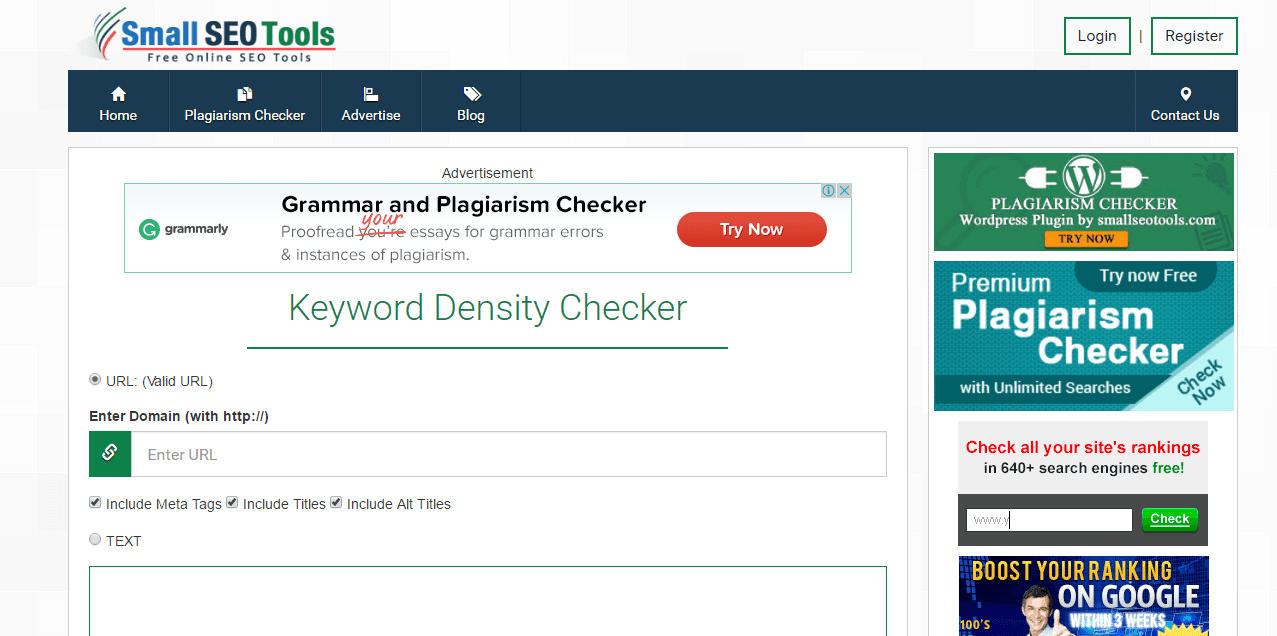
Optimization Tool Ninjas
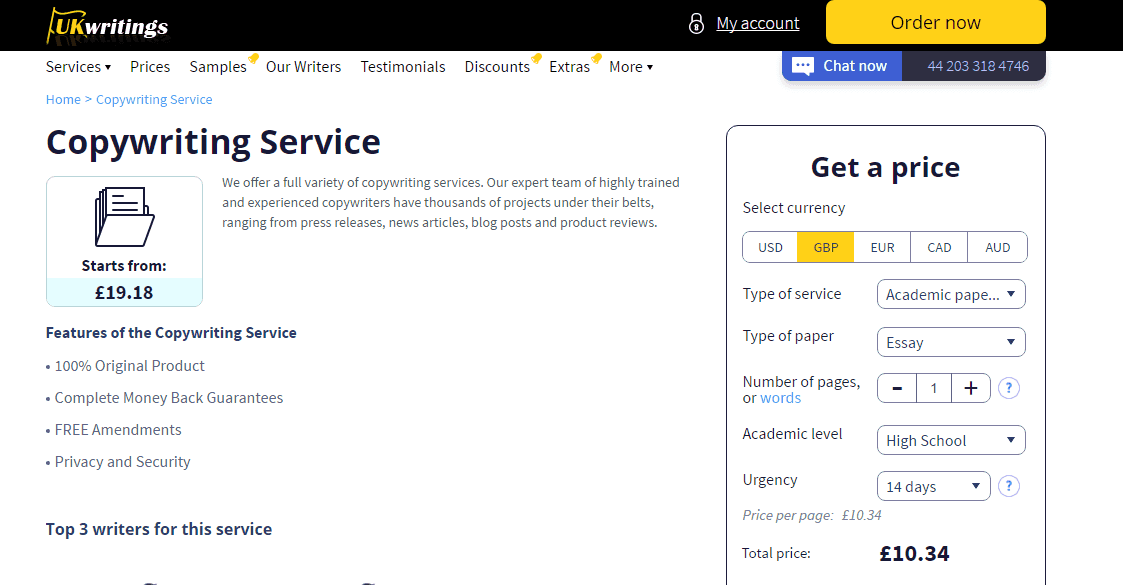
Boom Editing

Wordstream
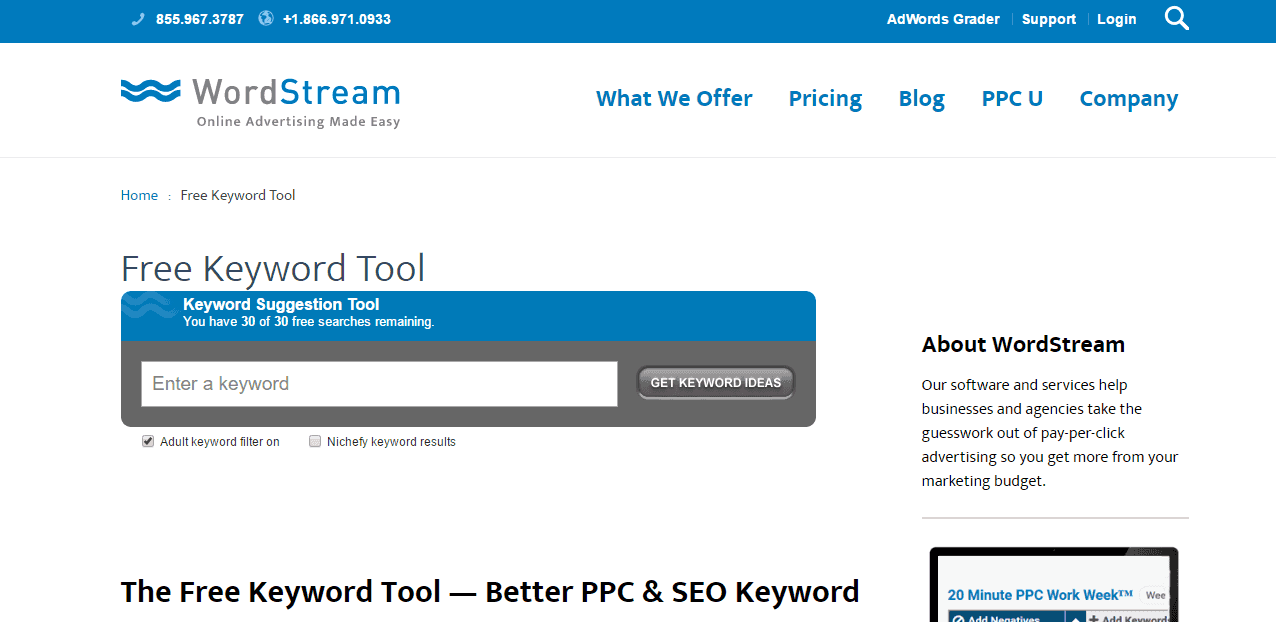
Ginger

ProWriting Aid
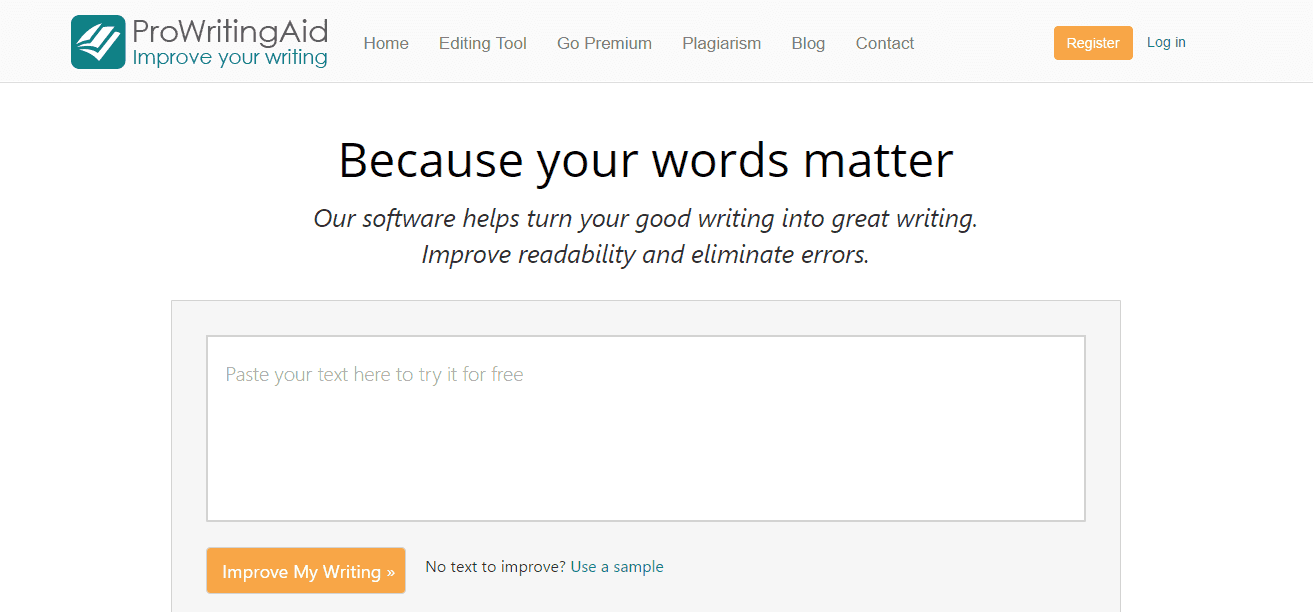
Uk writings

Slick Write
Slick Write breaks down your content in some different ways, including your readability and word count. If you're focusing on the length of your posting, you'll get a detailed breakdown of the numbers, so you can stick to the 2,000 to the 2,500-word magic number that's most commonly seen on Google's Top 10 list.
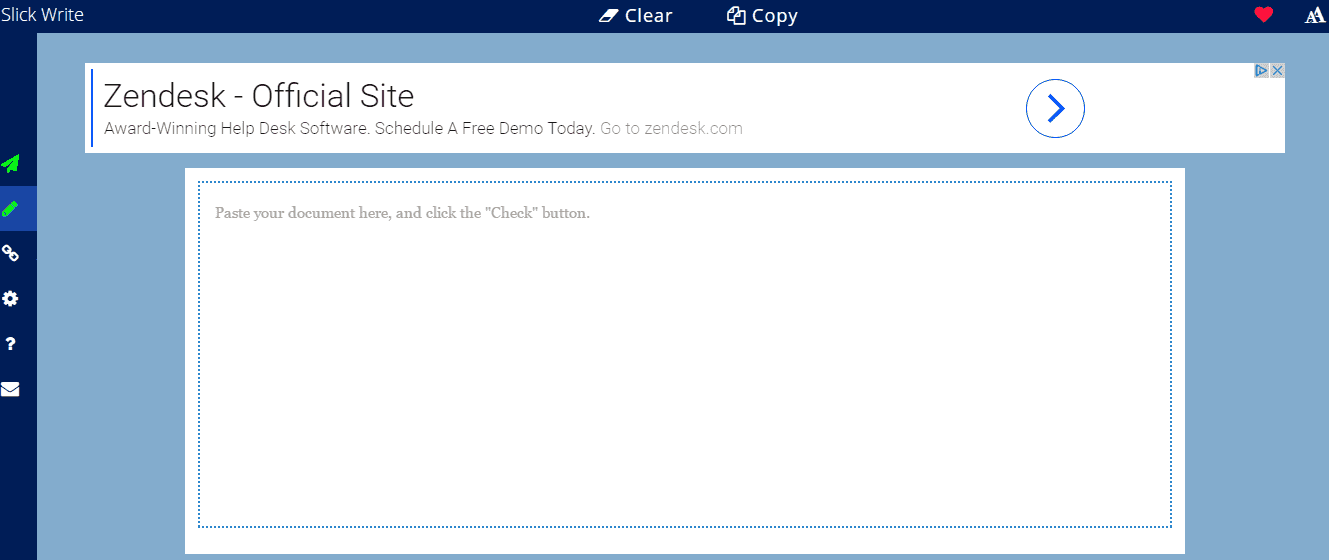 With a quick and easy Spell Checker, you'll get immediate results for your content. It will help you to fix the most glaring errors before sending your content for further review.
With a quick and easy Spell Checker, you'll get immediate results for your content. It will help you to fix the most glaring errors before sending your content for further review.
It's not just a matter of creating content or filling it with relevant keywords. Putting together SEO and user-friendly content for your website is a matter of realizing that the two factors must work together and that there are different tactics you can employ to make the most of each one of your blog postings.
Get more to your email
Subscribe to our newsletter and access exclusive content and offers available only to MonsterPost subscribers.

Leave a Reply
You must be logged in to post a comment.